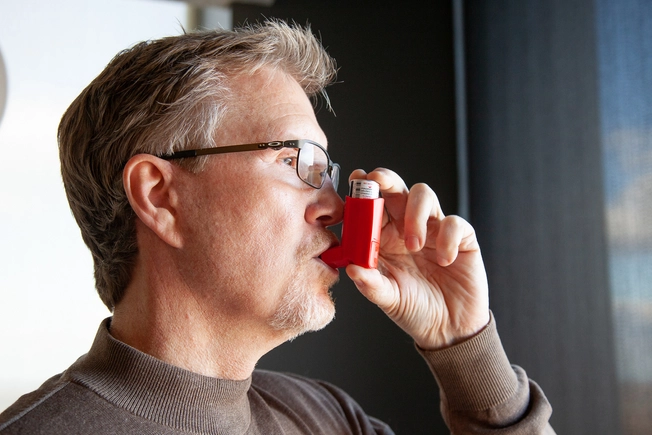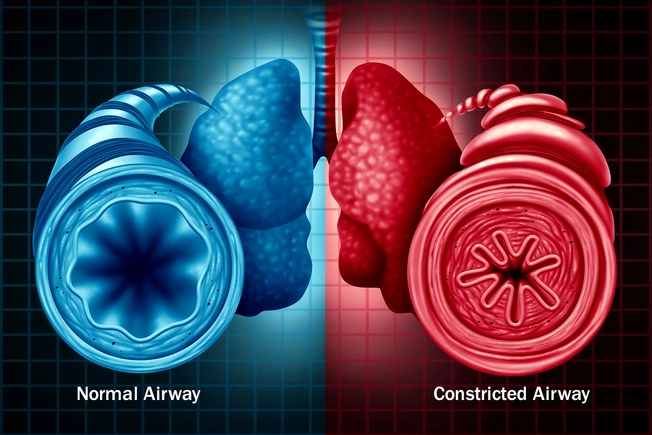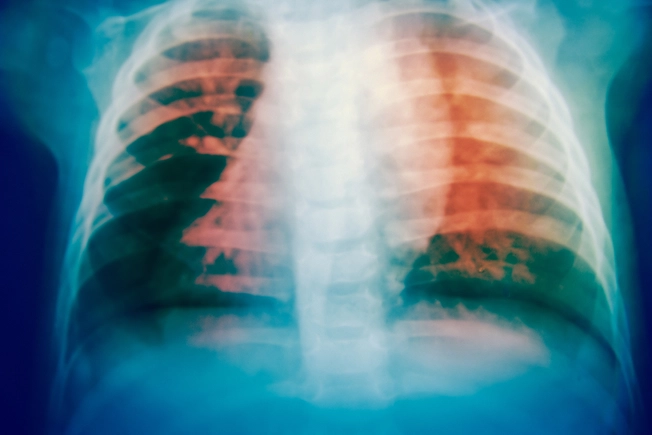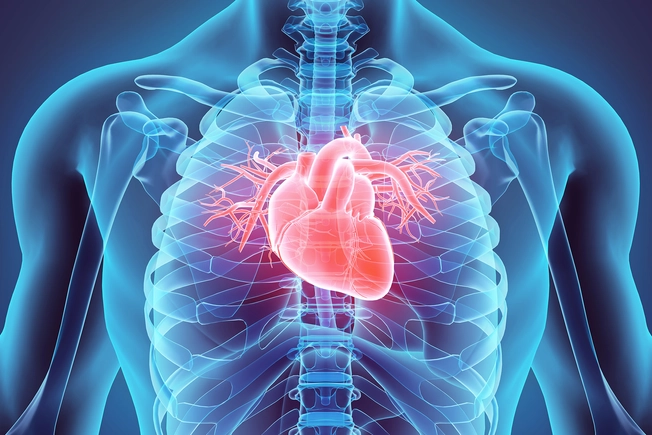Health Effects of Air Pollution


Lung Cancer
Particles in air pollution can cause lung cancer, the leading cause of cancer-related deaths in the U.S. About 6% of deaths worldwide related to outdoor air pollution are due to lung cancer. Dirty air may play a part in other types of the disease too, such as urinary tract and bladder cancer.

Asthma Attacks
Some pollution you can see, like smoke. Some you can’t, like carbon monoxide. Air pollution is any gas or particle that’s in the air but isn’t a natural part of it. Two main pollutants can affect your asthma. Ozone is a gas that makes smog. It can affect how you breathe. Tiny particles like those in dust or smoke can get stuck in your lungs. They can damage your lungs and cause you to have more attacks.

Chronic Bronchitis
Exhaust from cars, trucks, and other vehicles pollutes the air. If you live in a city and regularly breathe in traffic fumes, you may have chronic (long lasting) bronchitis. This is when the lining of the bronchial tubes, which carry air to your lungs, get inflamed. If you have it, you may have shortness of breath and cough up thick mucus that may be white, yellow, or green.

COPD
Chronic bronchitis and emphysema are common conditions that lead to chronic obstructive pulmonary disease, or COPD. These conditions block air flow in the lungs. Long-term exposure to gases, particles, or smoke is the main cause. Studies have shown that COPD is more common in areas where air pollution is high. If you have COPD, you may find it even harder to breathe when the air is polluted. Serious cases may mean a hospital visit or even death.

Pneumonia
Nitrogen oxide and sulfur dioxide in air pollution boost your chances of pneumonia, or lung inflammation. Symptoms may include chest pain, cough, fatigue, shortness of breath, and fever. Older people or those with chronic illness may not run a fever. Children and the elderly are especially at risk. Pneumonia is the leading cause of childhood death worldwide. Older adults are especially likely to spend time in a hospital for pneumonia after long-term exposure to air pollution.

Heart Disease
Air pollution can lead to a higher risk of heart attack, irregular heartbeat (arrhythmia), heart failure, and stroke. Tiny particles in the pollution are small enough to travel to the blood vessels and cause inflammation. Over time, they can make heart disease set in faster. People who live near busy streets or factories run a greater risk. But even short-term exposure can hurt your heart.

Mental Illness
Studies show a strong link between the quality of your air and your mental health. Researchers examined more than 150 million medical records in the U.S and Denmark. They found that people living in areas of the U.S. with the worst air quality had a 27% increase in the rate of bipolar disorder and a 6% increase in major depression.

Autoimmune Conditions
This is when your immune system attacks your own body. This usually damages your tissue and may cause inflammation around your heart and lungs. Researchers think that air pollution triggers an immune response in your lungs that might set off certain autoimmune conditions. Researchers don’t know exactly how it works, but particles from air pollution get into them and trigger an attack response.

Miscarriage
Ozone and particles in air pollution may play a role in miscarriages in the first half of pregnancy. Researchers aren’t sure exactly how, but they think it could be due to inflammation around the placenta. A study that looked at traffic-related air pollution in the U.S. and Israel linked it to miscarriages between the 10th and 20th weeks of pregnancy.

Premature Birth
Exposure to air pollution is linked to preterm, or premature, birth. Pollution can raise the level of toxic chemicals in the blood. This stresses a pregnant woman’s immune system. This can weaken the placenta and cause an early birth. This can lead to health problems for the baby right away or in the long term. Air pollution also may cause low birth weight.

Premature Death
Breathing in polluted air for even a short amount of time can shorten your life span. More than 4 million people around the world die early deaths each year due to outdoor air pollution. Those deaths are mainly from stroke, heart disease, lung cancer, COPD, and respiratory infections. The most deadly components of air pollution are ozone, nitrogen dioxide, and sulfur dioxide.

Learning and Memory Problems
Studies have shown that air pollution can have a harmful effect on the brain. Traffic-related air pollution can slow a baby’s brain and behavior development. In the elderly, it raises the chances of dementia. Research has shown that traffic-related air pollution may target parts of the brain, including gray matter, white matter, and basal ganglia. These changes to the brain due to pollution are thought to affect development.

Eye and Nose Irritation
Outdoor air pollution can cause a number of health problems. But so does pollution you find indoors. Freshly painted walls can release fumes and volatile organic compounds (VOCs) that irritate your eyes and nose. New furniture or carpet may have strong-smelling chemicals that can give you a headache or make you dizzy. Chemicals in cleaning products add to the mix. Your heating or cooling system recycle these in your home’s air. Protect yourself by making sure your home is well ventilated.

Air Quality Index
How do you know if your outside air is polluted? Your local Air Quality Index (AQI) from the EPA can help. It’s a scale of 0 to 500, and the greater the number, the more harmful pollution in the air. It has 6 levels: good, moderate, unhealthy for sensitive groups, unhealthy, very unhealthy, and hazardous. You can find it at airnow.gov.